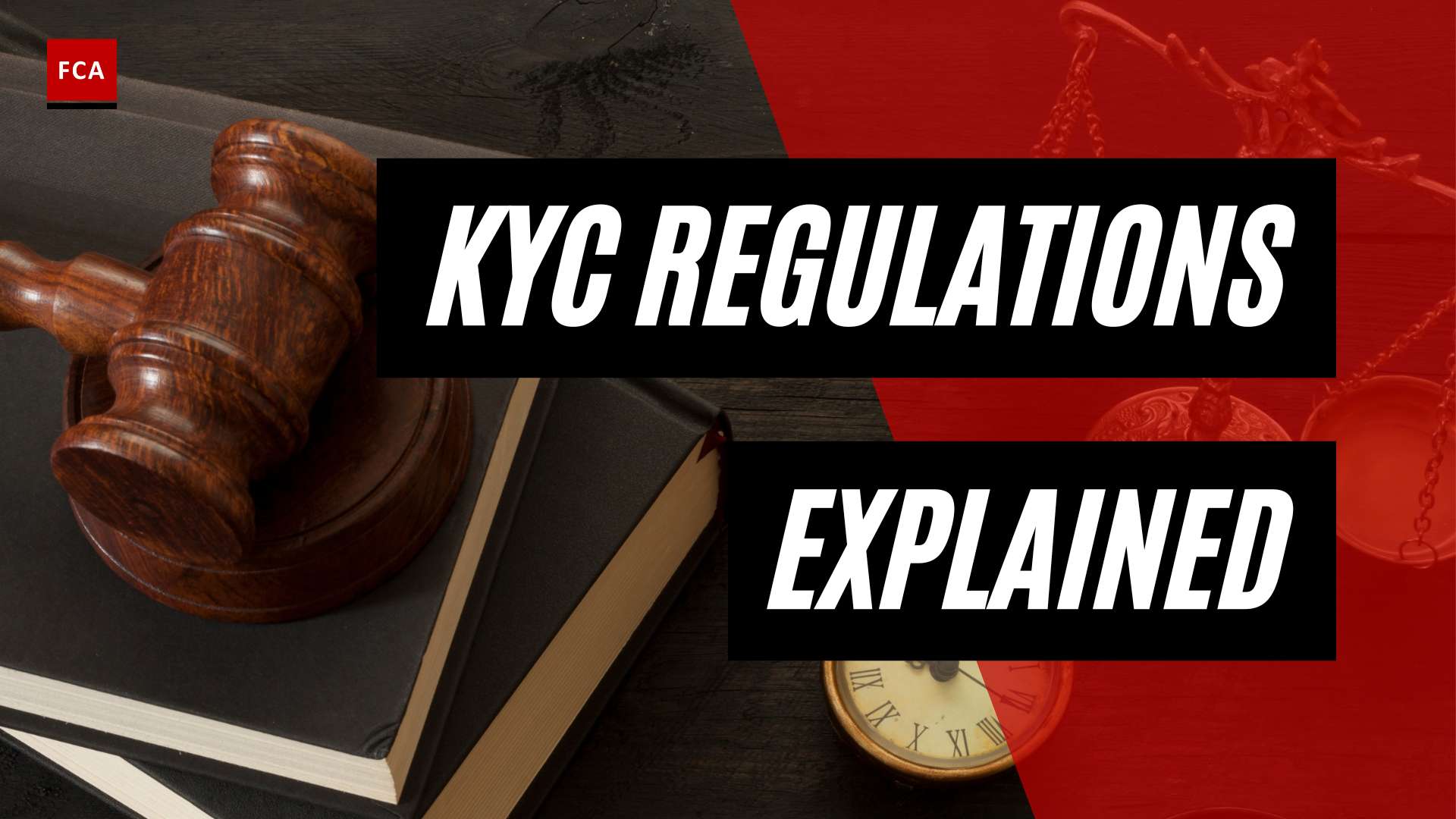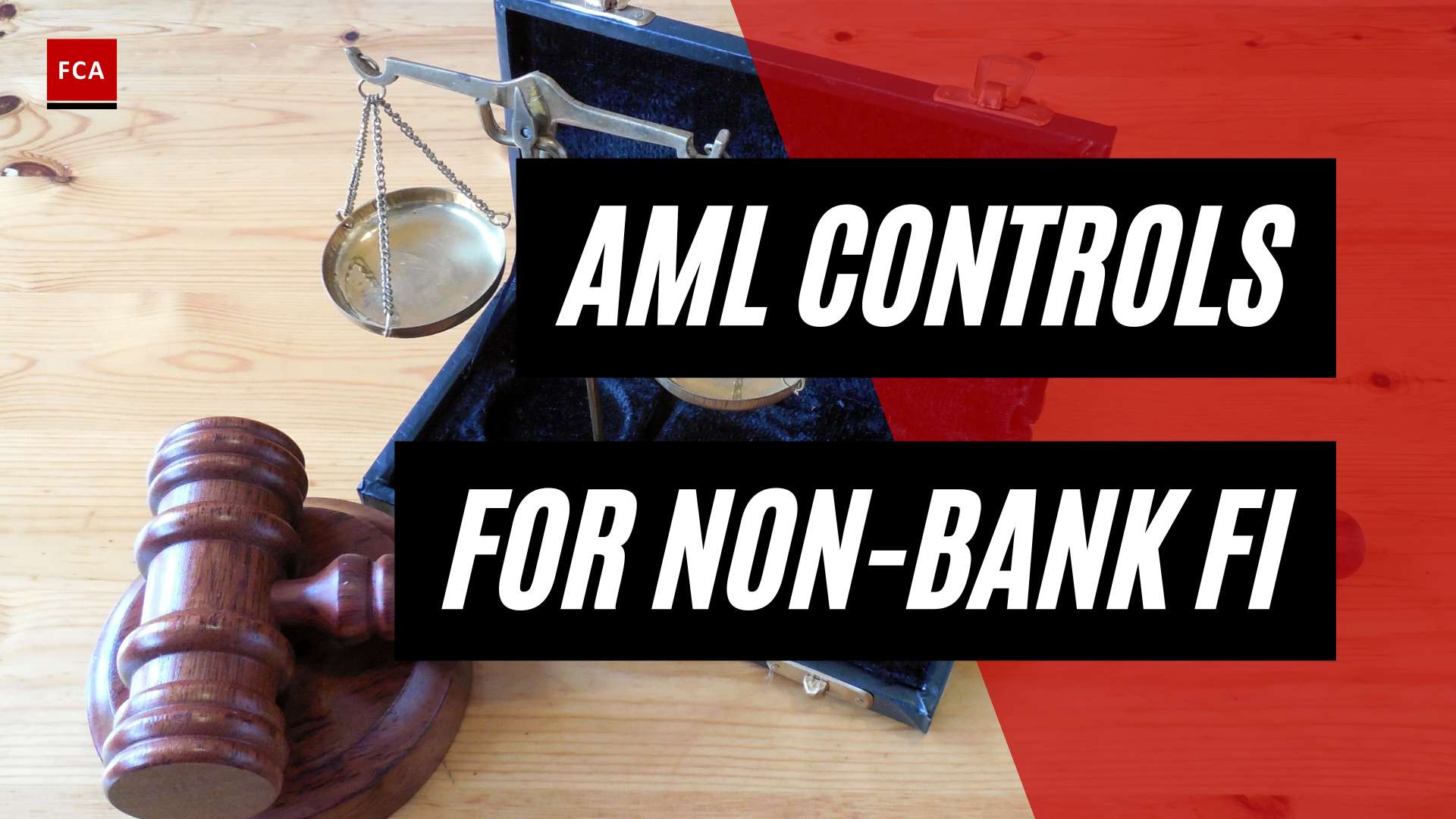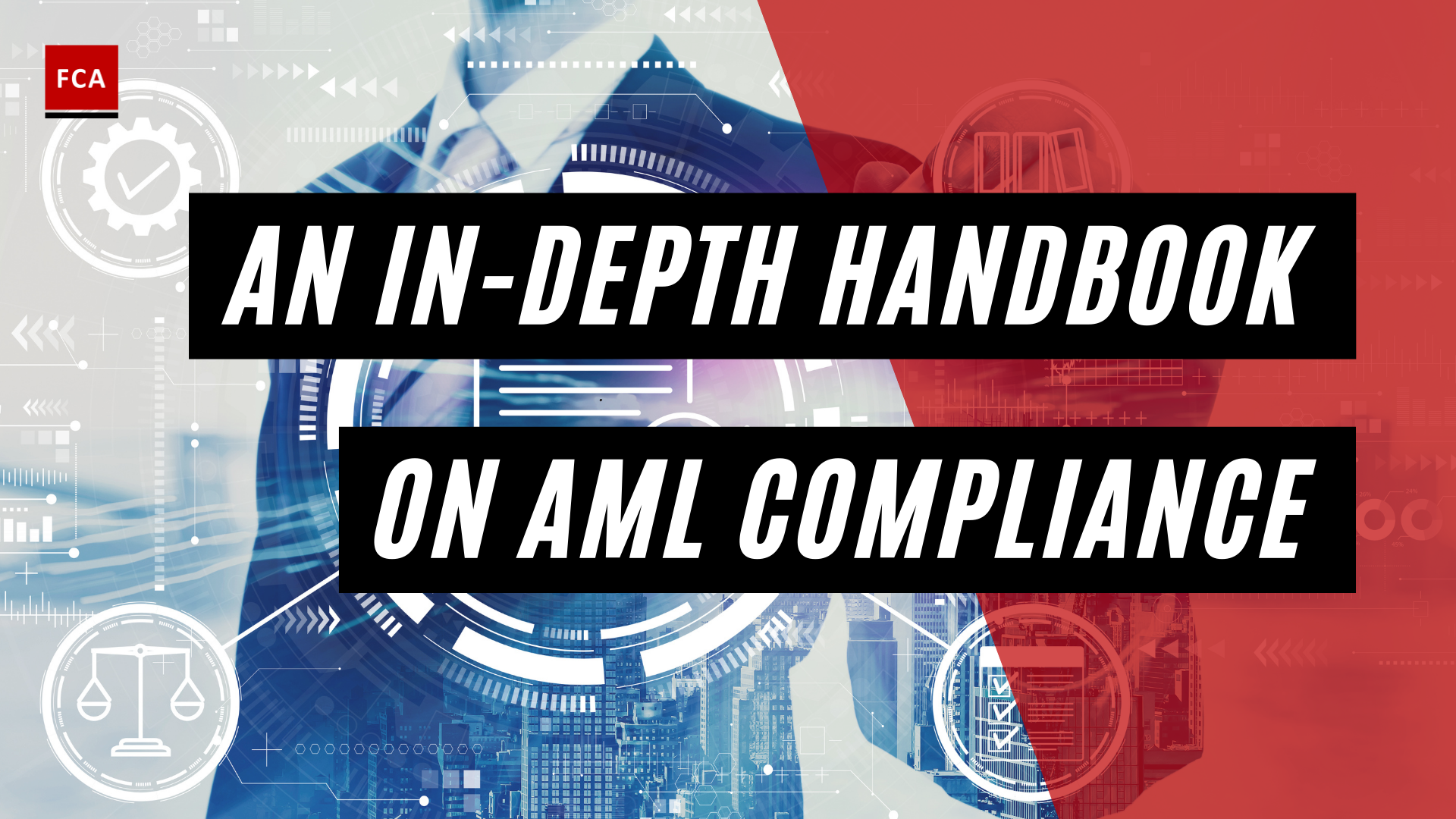Public-Private Partnerships in AML: An Overview
Public-private partnerships (PPPs) play a vital role in the fight against money laundering and terrorist financing. They bring together the expertise, resources, and capabilities of both the public and private sectors, creating a collaborative approach to combat financial crime. Understanding the importance of these partnerships and the key participants involved is crucial in building effective accountability mechanisms.
Understanding the Importance of Public-Private Partnerships
Public-private partnerships are crucial in the field of anti-money laundering (AML) as they leverage the strengths of both sectors to enhance the effectiveness of AML efforts. The public sector, represented by regulatory and law enforcement authorities, provides the legal frameworks, policies, and oversight necessary to combat financial crime. The private sector, including financial institutions, professionals, and other entities, contributes their industry-specific knowledge, data, and resources to identify and report suspicious activities.
By joining forces, public and private partners form a cohesive network that strengthens the detection, prevention, and prosecution of money laundering and terrorist financing. The collaboration allows for a more comprehensive understanding of evolving money laundering threats and facilitates the development of innovative solutions to address them. Through public-private collaboration, the AML community can achieve greater efficiency and effectiveness in safeguarding the integrity of the financial system.
Key Participants in AML Public-Private Partnerships
AML public-private partnerships involve a diverse range of participants, each contributing their unique expertise and responsibilities. The key participants include:
-
Regulatory and Law Enforcement Authorities: These public sector entities establish and enforce AML regulations, conduct investigations, and ensure compliance with AML laws. They play a crucial role in setting the framework for AML efforts and overseeing the activities of private sector partners.
-
Financial Institutions: Banks, credit unions, and other financial institutions are at the forefront of AML efforts. They implement AML policies and procedures, conduct due diligence on customers, monitor transactions for suspicious activity, and report any identified anomalies to the appropriate authorities. Financial institutions are key partners in detecting and preventing money laundering.
-
Professional Service Providers: Lawyers, accountants, auditors, and other professionals provide specialized services to clients and have a responsibility to identify and report suspicious transactions. They play a critical role in ensuring that their clients maintain high standards of AML compliance and integrity.
-
Industry Associations: Associations and organizations representing various industries, such as banking, insurance, and real estate, actively collaborate with public authorities and contribute to the development of AML policies and standards. They act as advocates for their respective sectors and facilitate the exchange of information and best practices.
-
Technology and Data Providers: Technology companies and data providers offer innovative solutions, software tools, and data analytics to support AML efforts. Their expertise helps in the detection of suspicious patterns and trends, improving the effectiveness of AML systems and processes.
-
Government Agencies and International Organizations: Government agencies, such as financial intelligence units and central banks, as well as international organizations like the Financial Action Task Force (FATF), provide guidance, coordination, and support to public and private partners. They establish international standards, share information, and promote collaboration among jurisdictions.
Each participant in an AML public-private partnership has a distinct role and responsibility in the fight against money laundering. Clear delineation of these roles is essential to ensure accountability and effective collaboration. By working together, these stakeholders create a robust framework to prevent and detect financial crime, protecting the integrity of the global financial system.
To delve deeper into the mechanisms for ensuring accountability in AML PPPs, let’s explore the section on Enhancing Accountability in AML Public-Private Partnerships.
Enhancing Accountability in AML Public-Private Partnerships
To ensure effective collaboration in anti-money laundering (AML) public-private partnerships, it is crucial to enhance accountability among all participants. Accountability mechanisms help promote transparency, responsibility, and adherence to standards and regulations, strengthening the fight against money laundering and terrorist financing. In this section, we will explore three key aspects that contribute to enhancing accountability in AML public-private partnerships: establishing clear roles and responsibilities, robust governance frameworks, and transparent communication.
Establishing Clear Roles and Responsibilities
Clear delineation of roles and responsibilities is essential for fostering accountability in AML public-private partnerships. Public authorities should define policies, objectives, and regulatory frameworks, while private entities should actively implement these policies, report suspicious activities, and contribute their expertise to combat financial crime effectively. This collaboration allows for a comprehensive and coordinated approach to AML efforts, with each participant understanding their specific obligations and contributions.
By clearly defining roles and responsibilities, AML public-private partnerships can avoid duplication of efforts, ensure efficient resource allocation, and hold each participant accountable for their designated tasks. This clarity promotes transparency, reduces ambiguity, and fosters a sense of shared responsibility in combating money laundering and terrorist financing.
Robust Governance Frameworks
Robust governance frameworks are crucial for ensuring accountability in AML public-private partnerships. These frameworks should encompass oversight mechanisms, reporting structures, risk assessments, and regular evaluations to monitor the performance and effectiveness of the partnership. Strong governance enhances trust between public and private partners and contributes to the credibility and integrity of AML efforts.
Governance frameworks should outline the decision-making processes, establish reporting lines, and provide a framework for resolving disputes or conflicts. Regular evaluations and risk assessments help identify areas for improvement, ensure compliance with regulations, and enable the partnership to adapt to emerging money laundering threats. By continuously reviewing and enhancing governance frameworks, AML public-private partnerships can maintain accountability and effectively address financial crime.
Transparent Communication
Transparent communication is a cornerstone of accountability in AML public-private partnerships. Regular exchange of information, feedback, and updates between public authorities and private entities encourages cooperation, fosters a culture of compliance, and facilitates swift responses to emerging money laundering threats. Open communication channels help build mutual understanding, trust, and effective collaboration to achieve common AML goals.
Transparent communication includes sharing relevant intelligence, providing actionable insights, and disseminating best practices. It enables public and private partners to align their efforts, learn from each other’s experiences, and collectively address challenges in the fight against money laundering. Through transparent communication, AML public-private partnerships can ensure that all participants are informed, engaged, and accountable for their actions.
By establishing clear roles and responsibilities, implementing robust governance frameworks, and promoting transparent communication, AML public-private partnerships can enhance accountability and strengthen their collective impact in combating money laundering and terrorist financing. These accountability measures foster trust, promote effective collaboration, and ultimately contribute to a more resilient and effective AML ecosystem.
Mechanisms for Ensuring Accountability in AML PPPs
To ensure accountability within AML public-private partnerships, various mechanisms can be implemented. These mechanisms help promote transparency, effectiveness, and ethical conduct in combating money laundering and terrorist financing. Three key mechanisms for ensuring accountability in AML PPPs are adequate resources and capacity-building, monitoring and evaluation, and international collaboration and standards.
Adequate Resources and Capacity-Building
Adequate resources, training, and capacity-building initiatives are essential for promoting accountability within AML PPPs. Public and private partners must invest in staff expertise, technological solutions, and skills development to effectively detect, investigate, and report suspicious financial activities. By empowering personnel with the necessary tools and knowledge, AML PPPs can strengthen their accountability mechanisms and improve their overall effectiveness in combating money laundering and terrorist financing. This includes ongoing training programs, access to advanced analytics tools, and collaboration with industry experts and regulatory bodies. Allocating sufficient resources ensures that partners can fulfill their roles and responsibilities effectively, enhancing the overall accountability of the partnership.
Monitoring and Evaluation
Regular monitoring and evaluation mechanisms are vital components of maintaining accountability in AML public-private partnerships. These mechanisms involve conducting periodic reviews of performance, outcomes, and adherence to established frameworks. By regularly assessing the partnership’s progress, stakeholders can identify areas for improvement, address compliance issues, and ensure that the partnership continues to meet its objectives effectively. Monitoring and evaluation activities may include assessing the quality and timeliness of information sharing, evaluating the effectiveness of joint operations, and measuring the impact of the partnership’s efforts in combating money laundering and terrorist financing. This ongoing evaluation helps to maintain accountability and drive continuous improvement within the partnership.
International Collaboration and Standards
International collaboration plays a crucial role in ensuring accountability in AML PPPs. Money laundering and terrorist financing are global issues that require coordinated efforts among countries and jurisdictions. Collaborating with international partners allows for the exchange of information, intelligence, and best practices. This collaboration enables stakeholders to gain valuable insights into evolving tactics, patterns, and trends associated with illicit financial activities. Establishing solid channels for information sharing and intelligence exchange through international collaboration allows countries to target investigations and disrupt money laundering and terrorism financing networks more effectively. Furthermore, adhering to international standards, such as those set by organizations like the Financial Action Task Force (FATF), helps ensure consistency, transparency, and accountability in AML PPPs. These standards provide a common framework for combating money laundering and terrorist financing, laying the foundation for effective partnerships.
By implementing mechanisms such as adequate resources and capacity-building, monitoring and evaluation, and international collaboration and standards, AML PPPs can enhance their accountability and effectiveness in combating money laundering and terrorist financing. These mechanisms promote transparency, integrity, and ethical conduct within the partnerships, fostering trust and credibility among partners and stakeholders. Continuous improvement and adaptation are essential to ensure that AML PPPs remain responsive to evolving money laundering threats and international cooperation efforts. Through these mechanisms, AML PPPs can make significant strides in their fight against illicit financial activities.
Challenges and Considerations in AML Public-Private Partnerships
Accountability is a crucial aspect of public-private partnerships (PPPs) in anti-money laundering (AML) efforts. These partnerships involve the exchange of sensitive information between public and private entities to effectively combat financial crimes. However, there are several challenges and considerations that need to be addressed to ensure accountability in AML PPPs.
Balancing Transparency and Privacy
Maintaining a balance between transparency and privacy is a key challenge in AML public-private partnerships. Transparency is important for effective accountability and maintaining public trust, but it must be balanced with the need to protect sensitive information (World Bank Blogs). Striking this balance requires the establishment of clear guidelines, frameworks, and oversight mechanisms that ensure ethical standards and legal requirements are followed by all parties involved. Transparency mechanisms must be in place to hold both public and private actors accountable for their actions in AML partnerships (World Bank Blogs).
Data Protection and Information Sharing
Data protection and privacy concerns are significant in AML public-private partnerships. Safeguarding sensitive data is crucial for maintaining stakeholder trust, but at the same time, information sharing is essential for effective collaboration. Robust systems and protocols should be in place to balance the need for information sharing and accountability with the protection of sensitive data (World Bank Blogs). The establishment of clear roles and responsibilities, as well as guidelines for data handling and sharing, can help mitigate these challenges and ensure accountability.
Collaborative Efforts in Complex Financial Crimes
Collaboration among public and private entities in AML PPPs becomes particularly challenging when dealing with complex financial crimes. The nature of these crimes often involves intricate networks and sophisticated techniques, requiring extensive coordination and cooperation. Effective collaboration requires trust, open communication, and the alignment of goals and objectives. It is essential to establish mechanisms that facilitate information exchange, intelligence sharing, and joint investigations to address these challenges (CFATF-GAFIC).
In order to enhance accountability in AML public-private partnerships, it is crucial to address these challenges and considerations. By striking a balance between transparency and privacy, implementing robust data protection measures, and fostering collaborative efforts in complex financial crimes, AML PPPs can effectively combat money laundering and terrorist financing, while ensuring accountability and maintaining public trust.
Successful Examples of AML Public-Private Partnerships
Accountability is a crucial aspect of AML public-private partnerships, ensuring transparency, responsibility, and adherence to standards and regulations in the fight against money laundering and terrorist financing. In this section, we will explore three successful examples of AML public-private partnerships: the European Commission’s approach, the role of the Financial Action Task Force (FATF), and a case study on Canada’s AML/ATF regime.
The European Commission’s Approach
The European Commission has been at the forefront of promoting effective AML public-private partnerships. Their approach emphasizes the importance of clear roles and responsibilities for both public and private partners in enhancing accountability (European Commission). Public authorities define policies, objectives, and regulate the sector, while private entities implement these policies, report suspicious activities, and contribute their expertise to combat financial crime effectively.
To ensure accountability, the European Commission underscores the need for robust governance frameworks within AML public-private partnerships. These frameworks include oversight mechanisms, reporting structures, risk assessments, and regular evaluations to monitor the performance and effectiveness of the partnership. Strong governance fosters trust between public and private partners, enhances credibility, and upholds the integrity of AML efforts (European Commission).
Transparent communication is also a key component of accountability in AML public-private partnerships. Regular sharing of information, feedback, and updates between public authorities and private entities encourages cooperation, fosters a culture of compliance, and facilitates swift responses to emerging money laundering threats. Open communication channels help build mutual understanding and effective collaboration to achieve common AML goals (European Commission).
The Role of the Financial Action Task Force
The Financial Action Task Force (FATF) plays a pivotal role in promoting international collaboration in AML efforts. The FATF establishes international standards, conducts mutual evaluations, and peer reviews to assess nations’ compliance with AML procedures. Through these assessments, the FATF assists countries in identifying areas for improvement and implementing effective strategies to strengthen their AML frameworks (Sanction Scanner).
As a global standard-setter, the FATF’s guidance and recommendations help shape the accountability mechanisms within AML public-private partnerships. By providing a framework for countries to align their AML efforts, the FATF enhances accountability and coordination among public and private entities in combating money laundering and terrorist financing. The FATF’s initiatives promote transparency, best practices, and the exchange of information to ensure accountability across borders.
Case Study: Canada’s AML/ATF Regime
Canada’s AML/ATF (Anti-Money Laundering/Anti-Terrorist Financing) regime serves as a notable case study in successful AML public-private partnerships. The regime involves collaboration between government agencies, such as the Financial Transactions and Reports Analysis Centre of Canada (FINTRAC), and the private sector, including financial institutions, casinos, and money services businesses.
In Canada’s AML/ATF regime, clear roles and responsibilities are established for both public and private partners, ensuring accountability. Public authorities define the regulatory framework, set compliance requirements, and conduct oversight, while private entities implement measures to detect and report suspicious transactions, maintain customer due diligence, and contribute to the overall effectiveness of the regime.
To enhance accountability, the regime incorporates mechanisms for monitoring and evaluation. Regular assessments and audits help identify areas for improvement, measure the effectiveness of AML measures, and ensure ongoing compliance. This continuous evaluation promotes accountability and strengthens the AML/ATF regime’s ability to combat money laundering and terrorist financing.
By examining successful examples like the European Commission’s approach, the role of the FATF, and Canada’s AML/ATF regime, we can learn valuable lessons in promoting accountability within AML public-private partnerships. These examples demonstrate the importance of clear roles, robust governance frameworks, transparent communication, and international collaboration to effectively combat money laundering and terrorist financing.
Future Directions for Accountability in AML PPPs
As the landscape of financial crime continues to evolve, it is essential for AML public-private partnerships to adapt and strengthen their accountability measures. By addressing emerging challenges and fostering international collaboration, these partnerships can enhance their effectiveness in combating money laundering and other illicit activities. Here are three key future directions for accountability in AML PPPs:
Addressing Evolving Money Laundering Threats
Criminal organizations move an estimated volume of illicit money ranging between 2%-5% of global GDP, contributing to crimes such as fraud, money laundering, terrorism financing, human trafficking, child exploitation, and illegal wildlife trade (Oliver Wyman). To effectively address these evolving threats, AML PPPs must stay ahead of the curve by continuously monitoring and analyzing emerging trends and tactics used by money launderers.
By fostering collaboration and information sharing between public and private entities, AML PPPs can collectively identify new typologies, patterns, and red flags associated with money laundering. This proactive approach enables the implementation of targeted preventive measures and the development of innovative tools and technologies to detect and deter illicit financial activities.
Strengthening International Collaboration
International collaboration is crucial in the fight against money laundering, as financial crimes transcend borders. AML PPPs should focus on strengthening cooperation and coordination among countries, regulatory bodies, and law enforcement agencies to effectively combat cross-border money laundering and terrorism financing activities.
Through international collaboration, countries can share best practices, exchange intelligence, and develop common standards and regulations (Sanction Scanner). This collaborative approach allows for a more comprehensive understanding of global financial systems, facilitates targeted investigations, and enhances the ability to disrupt money laundering networks. Key players in international collaboration include the Financial Action Task Force (FATF) and the newly established Anti-Money Laundering Authority in Europe (Oliver Wyman).
Continuous Improvement and Adaptation
To remain effective, AML PPPs must embrace a culture of continuous improvement and adaptation. This involves evaluating the effectiveness of existing measures, identifying areas for enhancement, and implementing necessary changes. By regularly assessing the performance of AML PPPs, stakeholders can ensure that strategies and frameworks remain aligned with the evolving threat landscape.
Continuous improvement also includes investing in research and development to stay at the forefront of technology and innovation. This can involve exploring advanced analytics, artificial intelligence, machine learning, and other emerging technologies to enhance the detection and prevention of money laundering activities.
By addressing evolving money laundering threats, strengthening international collaboration, and embracing continuous improvement and adaptation, AML PPPs can bolster their accountability mechanisms and effectively combat financial crime. These future directions will contribute to a more resilient and efficient global financial system, safeguarding the integrity of financial transactions and protecting against the harmful impacts of money laundering.








